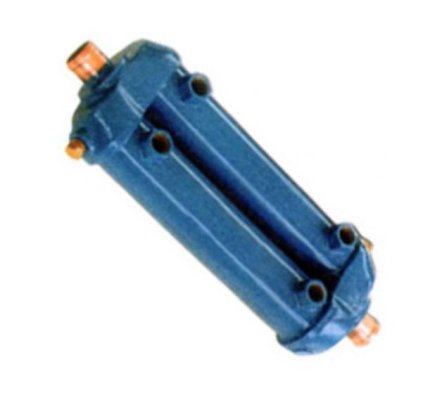Lou_tribal
Guru
Just check the oil, level is good, oil is perfect clear as new, no visual trace of milky aspect, no smell other than new oil smell.
I think I am good.
One thing I noticed on the way back is that oil pressure was somehow lower than before. In the past with the oil cooler oil pressure was just above the 40psi mark, without oil cooler it is lower than 40, around 35 I would say. I guess this is due to an higher oil temp.
As this is in the normal range for the engine I think I do not have to worry (normal range at 1800rpm is min 30psi max 65psi).
L
I think I am good.
One thing I noticed on the way back is that oil pressure was somehow lower than before. In the past with the oil cooler oil pressure was just above the 40psi mark, without oil cooler it is lower than 40, around 35 I would say. I guess this is due to an higher oil temp.
As this is in the normal range for the engine I think I do not have to worry (normal range at 1800rpm is min 30psi max 65psi).
L


